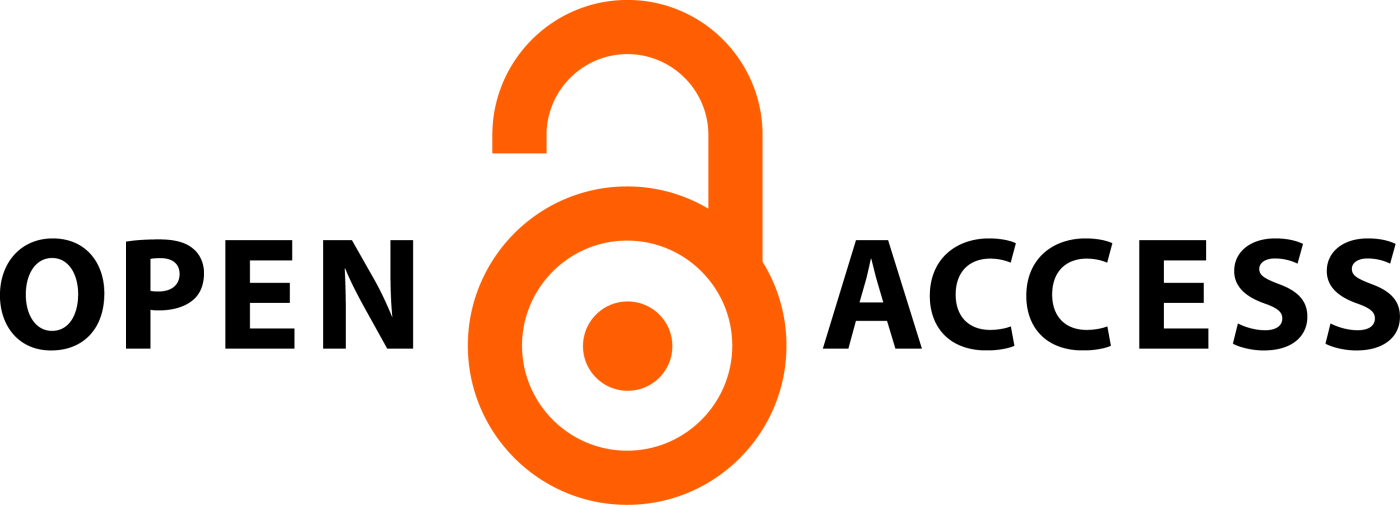DEVELOPMENT AND VALIDATION OF THE UV-SPECTROPHOTOMETRIC METHOD FOR DETERMINATION OF VIGNA RADIATA SEED EXTRACT
Abstract
Aim: The main goal was to develop and validate a sensitive, simple, accurate, precise, ruggedness and cost-effective UV spectrophotometric method for the estimation of Vigna radiata in prepared pharmaceutical formulations of smart lipid nanoparticles.
Methodology: The standard solution was prepared in water and a calibration curve was constructed after measuring absorbance. The different analytical performance parameters such as linearity, range, precision, accuracy, limit of detection (LOD), limit of quantification (LOQ) and robustness were determined according to International Conference on Harmonization (ICH) Q2 (R1) guidelines.
Results: Vigna radiata showed a maximum absorption at a wavelength of 281 nm. Beer-Lambert’s law was obeyed in the concentration range of 25-400 μg/ml with a correlation coefficient (R2) of 0.9968. The limit of detection and limit of quantification was found to be16.03μg/ml and 48.57μg/ml respectively. The precision and repeatability scores were all within acceptable limits. The recovery was found to be between 99.33% and 100.2% The precision and repeatability values were within a 2% tolerance range. Vigna radiata was found to have a purity of 99.33%
Conclusion: The study demonstrated that the developed procedure was accurate, precise and reproducible while being easy, environmentally friendly, repeatable, and cost-effective, and it can be used for quantification of Vigna radiata seed extract in pharmaceutical dosage forms.
Downloads
All the articles published in JAPSR are distributed under a creative commons license (CC BY-NC-SA 4.0)
Under this license, you are free to:
- Share- copy and redistribute the material in any medium or format for any purpose, even commercially.
- Adapt- remix, transform, and build upon the material for any purpose, even commercially.
The licensor cannot revoke these freedoms as long as you follow the license terms.
- Attribution — You must give appropriate credit , provide a link to the license, and indicate if changes were made . You may do so in any reasonable manner, but not in any way that suggests the licensor endorses you or your use.
- NonCommercial — You may not use the material for commercial purposes .
- ShareAlike — If you remix, transform, or build upon the material, you must distribute your contributions under the same license as the original.
- No additional restrictions — You may not apply legal terms or technological measures that legally restrict others from doing anything the license permits.
Copyright policy
The journal allows the author(s) to hold the copyright of their work. That means the authors do not need to transfer the copyright of their work to the journal. However, the authors grant JAPSR a license to publish the article and identify itself as the original publisher.
Licensing policy
The journal allows the author(s) to hold the copyright of their work. That means the authors do not need to transfer the copyright of their work to the journal. However, the authors grant JAPSR a license to publish the article and identify itself as the original publisher.






